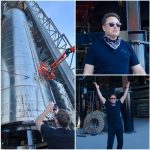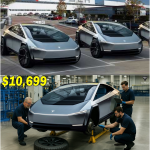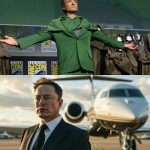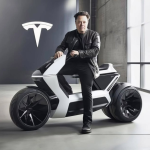SpaceX founder Elon Musk announced that the massive Starship rocket will head to Mars in late 2026, carrying Tesla’s humanoid robot, Optimus.
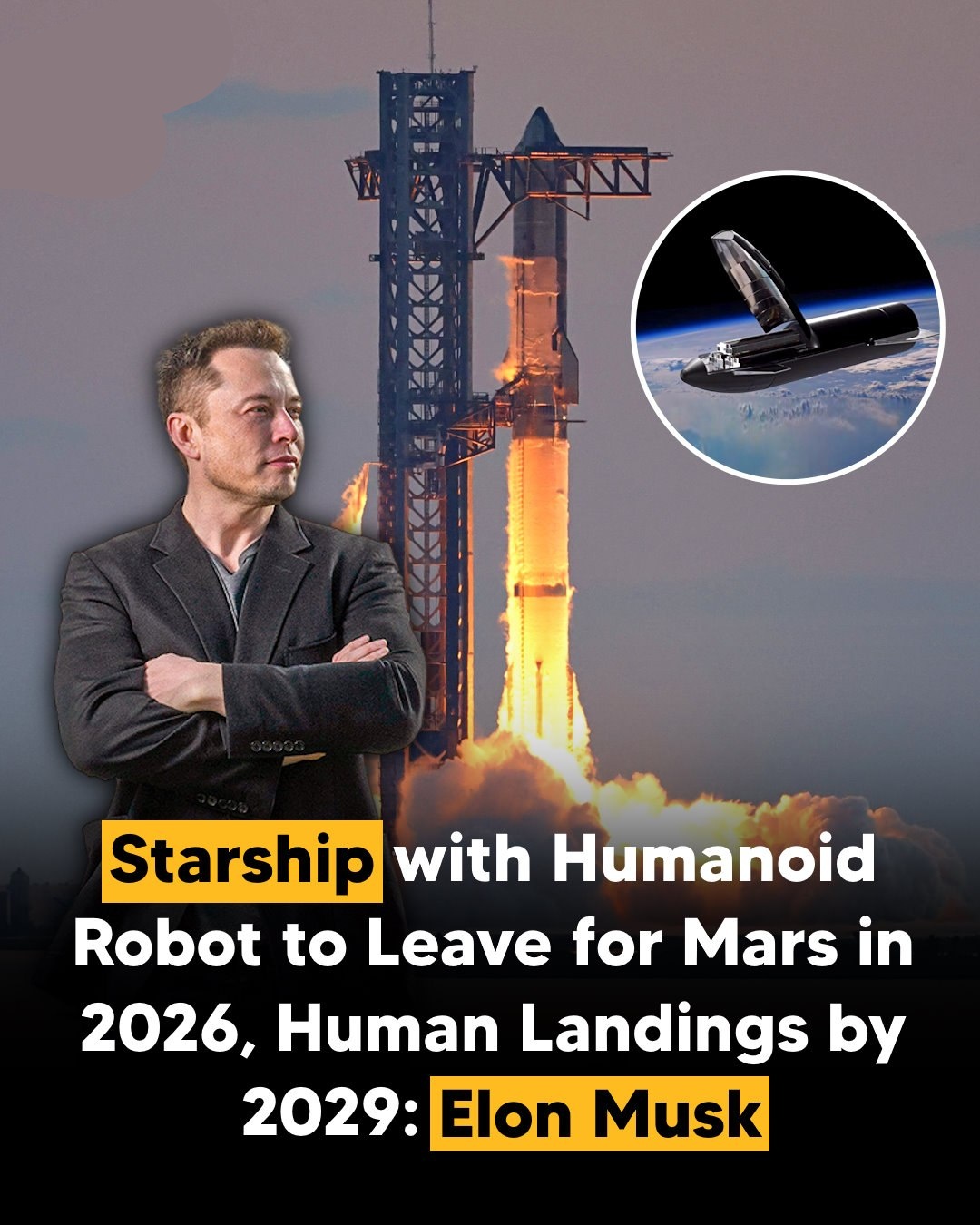
In yet another bold declaration of the future, SpaceX founder Elon Musk has revealed plans for a historic Starship mission to Mars in late 2026 — and it won’t be carrying humans just yet. Instead, it will be transporting something equally groundbreaking: Tesla’s humanoid robot, Optimus.
🚀 The Mission: Starship to Mars
According to Musk, the upcoming Mars-bound mission will mark a major step toward establishing a long-term human presence on the Red Planet. Launching aboard SpaceX’s fully reusable Starship rocket, this mission aims to deliver cargo, equipment, and test systems essential for eventual crewed landings.
The centerpiece? Optimus, the AI-powered robot developed by Tesla, will serve as the first digital explorer of Mars.
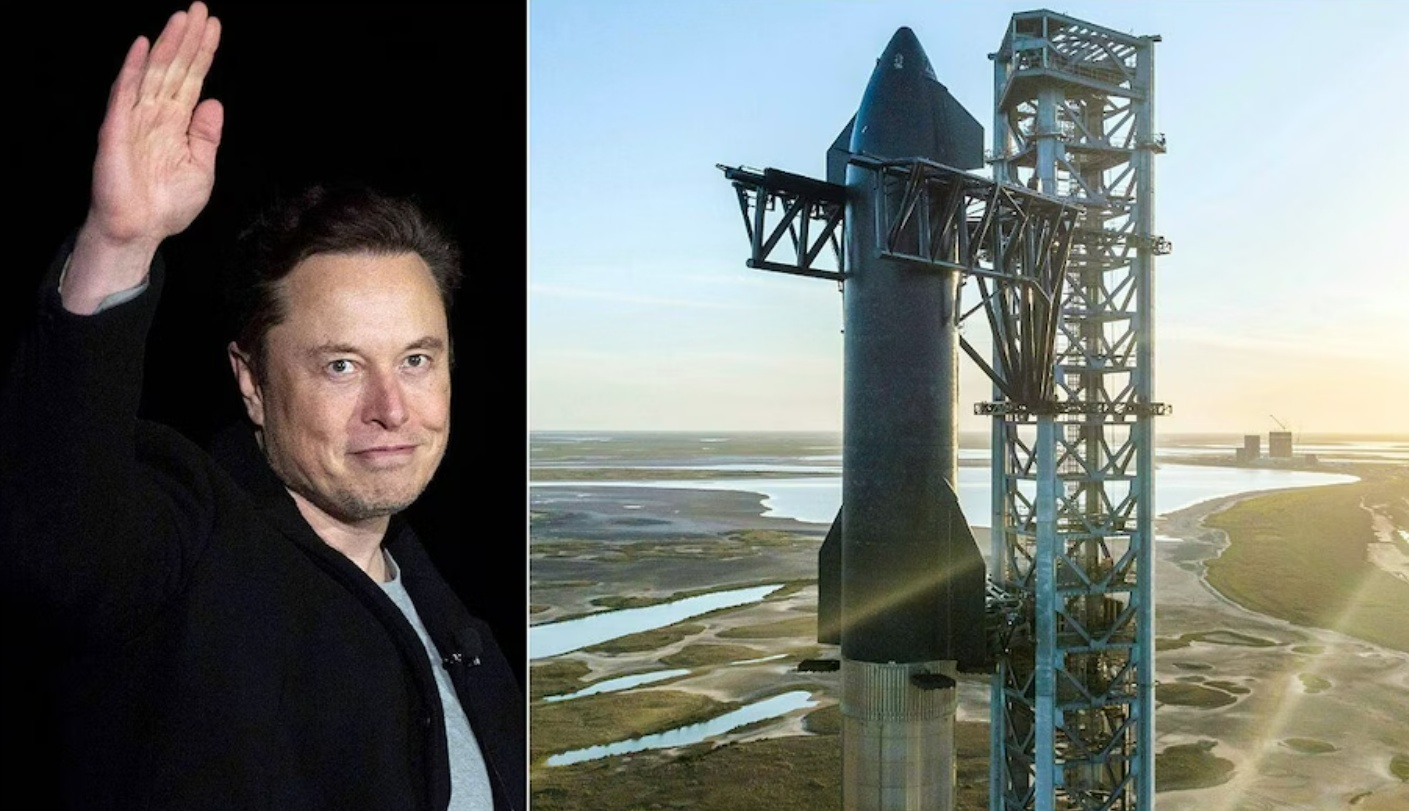
🤖 Why Optimus? A Robotic Pioneer for Interplanetary Exploration
Optimus — officially called Tesla Bot — is designed to handle repetitive, dangerous, or labor-intensive tasks. On Mars, it will:
- Test environmental conditions
- Set up autonomous infrastructure
- Collect soil and atmospheric data
- Simulate future human tasks to refine safety protocols
Musk explained that sending Optimus ahead of humans will help SpaceX “build and prepare a smart, self-sufficient Martian base” before the arrival of astronauts.
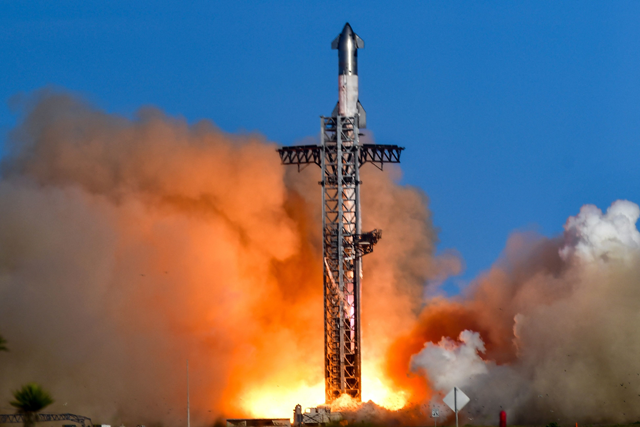
🌌 A First Step Toward a Robotic Workforce in Space
Musk has long spoken about using AI and robotics to support humanity’s expansion beyond Earth. With Optimus aboard Starship, the mission serves a dual purpose:
- Test Starship’s deep-space capabilities
- Prove robotic viability on alien terrain
- This mission could be the foundation for robotic construction teams building Martian habitats, solar farms, and life-support systems in the years to come.
🛠️ Starship Readiness and Timeline
Starship has undergone several test flights and continues to be refined with each launch. By late 2026, SpaceX aims to:
Have full orbital reusability functional
Optimize fuel depots in Earth orbit
Integrate AI-piloted navigation systems
Optimus, which is currently in development at Tesla, is expected to have autonomous capabilities, object recognition, and adaptability for off-Earth terrain by then.
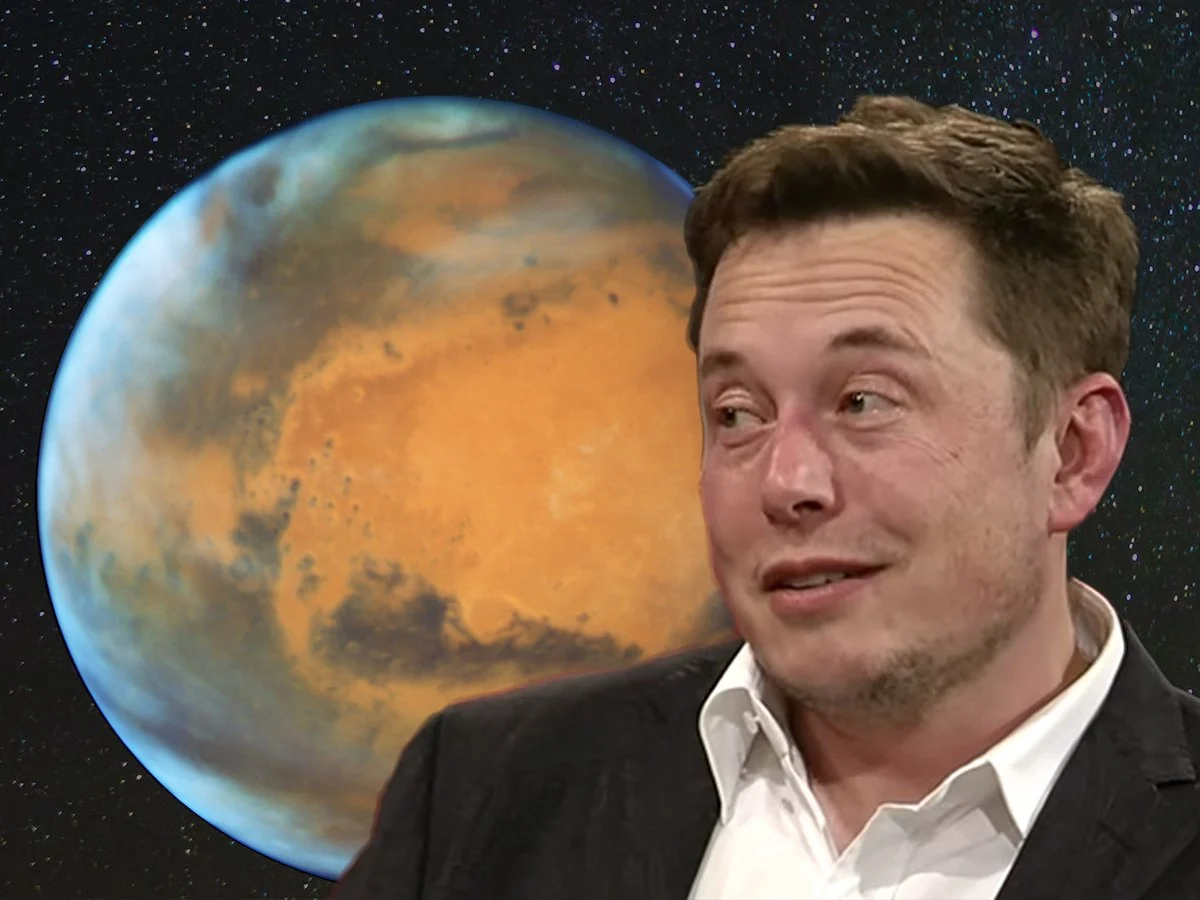
🔮 The Bigger Vision: Making Life Multiplanetary
Musk’s announcement aligns with his long-term vision:
“To ensure the survival of consciousness, we must become a multiplanetary species.”
Sending Optimus is not just a symbolic gesture — it’s a tactical move toward building a sustainable, AI-assisted future on Mars. It will help SpaceX gather vital data, identify risks, and accelerate development of Martian infrastructure.
🌍 Conclusion: A Bold Leap Toward the Red Planet
Elon Musk’s plan to send Starship and Optimus to Mars by 2026 may sound like science fiction, but it’s rooted in real engineering, innovation, and a fearless belief in the future. If successful, this could be the first step in transforming Mars from a distant dream into a second home for humanity — with a humanoid robot paving the way.


